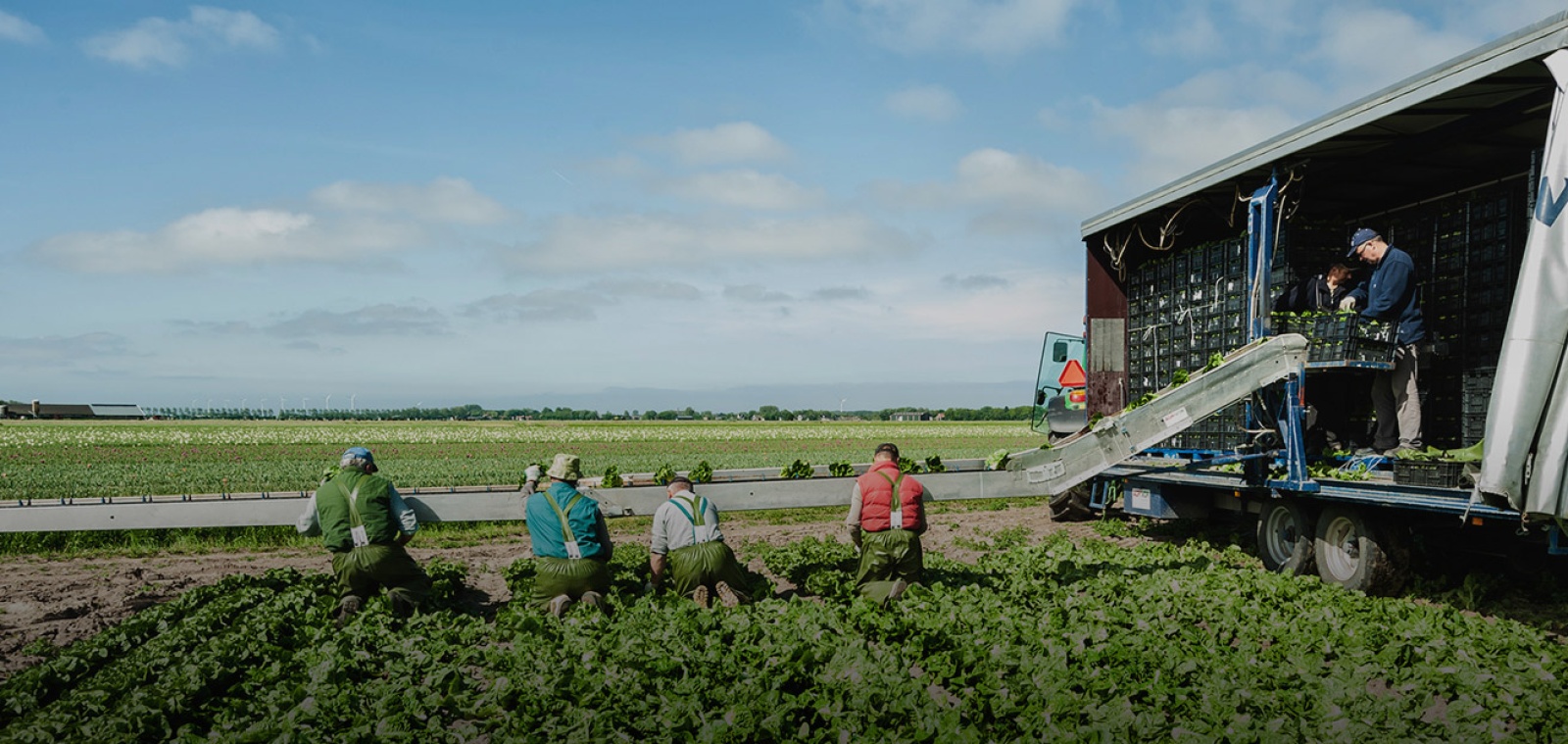What to Consider When Setting Up a Processing Line

Components of the Processing Line: From Washing to Packaging
A processing line, as the name suggests, is a setup of machines that process products, often vegetables and fruit, in a continuous line. The arrangement of the processing line depends on the product being processed and the specific requirements.
Commonly used machines in sorting/processing lines include: a feed conveyor, washing machine, cutting machines, sorting machine, weighing machine, and packaging machine. If the product you are processing doesn’t need to be packaged or cut, these machines can, of course, be omitted from the line.
As long as you carefully consider the capacities and ensure that the physical dimensions of the machines match, you can set up a processing line entirely to your needs.
Central Control with Emergency Circuit: Efficiency and Safety
What transforms individual machines into a processing line is central control. Each machine has its own control system, but to function as a line, there must be a central control system that can operate all the machines from one central point. Additionally, an emergency circuit must be installed so that, in the event of a malfunction or other issue, the entire line can be stopped with a single push of a button.
Regulated Feed: The Key to Continuity
One of the first things to consider when setting up a processing and sorting line is a regulated feed of vegetables and/or fruit. This means that the system must be capable of receiving a constant flow of products, without overloading or underutilizing the machines. This requires a well-designed transport system and possibly even automated sensors that regulate the flow based on the capacity of the processing line.
When purchasing the feeding system, it's crucial to consider the minimum and maximum processing speed of the rest of the line to avoid a so-called “bottleneck.”
Capacities: Avoid Bottlenecks
A processing line consists of various machines. Often, such a line starts with a washing machine, after which the vegetables and fruit are optionally cut or sorted, and finally, packaged or stored. Each of these machines operates at its own speed. When buying second-hand machines, it’s important to ensure that these processing speeds are compatible. If not, you risk machines being overloaded or wasting time due to a lack of input.
Physical Dimensions and Space: The Importance of Compatibility
A fundamental aspect of a well-functioning processing line is the compatibility of the machines in terms of physical dimensions. It's essential that all machines fit together seamlessly and work without spatial limitations or conflicts. For example, if the conveyor belt is much wider than the input of the next machine, it will inevitably cause problems.
Additionally, there must be enough physical space available to set up and operate the entire line. A detailed layout of the space and careful planning are indispensable here. Transport belts, in particular, can take up a lot of room, but using curved belts can often make the setup more compact than you might expect.
Building in a Buffer: Storage Crates for Holding Products
For products like onions, potatoes, and carrots, it has long been standard practice to store them in storage crates after processing, while awaiting a buyer. This method is increasingly becoming the norm for other fruits and vegetables, such as apples and pears.
The advantage of this approach is that products only need to undergo their final processing once they’ve been sold. Whereas apples and potatoes were once primarily sold in kilogram bags, there are now many processing options, such as slicing, dicing, or cutting into wedges. How the product is delivered depends on the buyer’s preferences.
In short, by storing the product in storage crates after processing, you can always meet demand.
 Request an offer (
Request an offer (